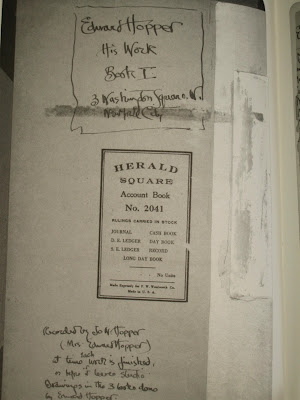 Master Ermengaut, November, Acorn Harvest. Escorial, Monastery of San Lorenzo, Library.
Master Ermengaut, November, Acorn Harvest. Escorial, Monastery of San Lorenzo, Library. A bestiary is a scientific and educational collection of writings about animals. Bestiaries were very fashionable in the West. Thanks to them, the naturalistic knowledge from antiquity was disseminated. The bestiaries were primarily used as collections of exempla, which were referred to during sermons. As the same time they reflect those elements of the fantastic and the supernatural in the early medieval imagination, which had first appeared in the so-called libri monstruorum during the early Middle Ages. The animals which occur so often in medieval art are derived from a variety of sources and traditions - in the bible alone nearly one hundred and fifty animals are mentioned. These may have derived partly from the bestiaries, but are ultimately all related to the same cultural heritage. (Riccardo Belcari and Giulia Marrucchi)












